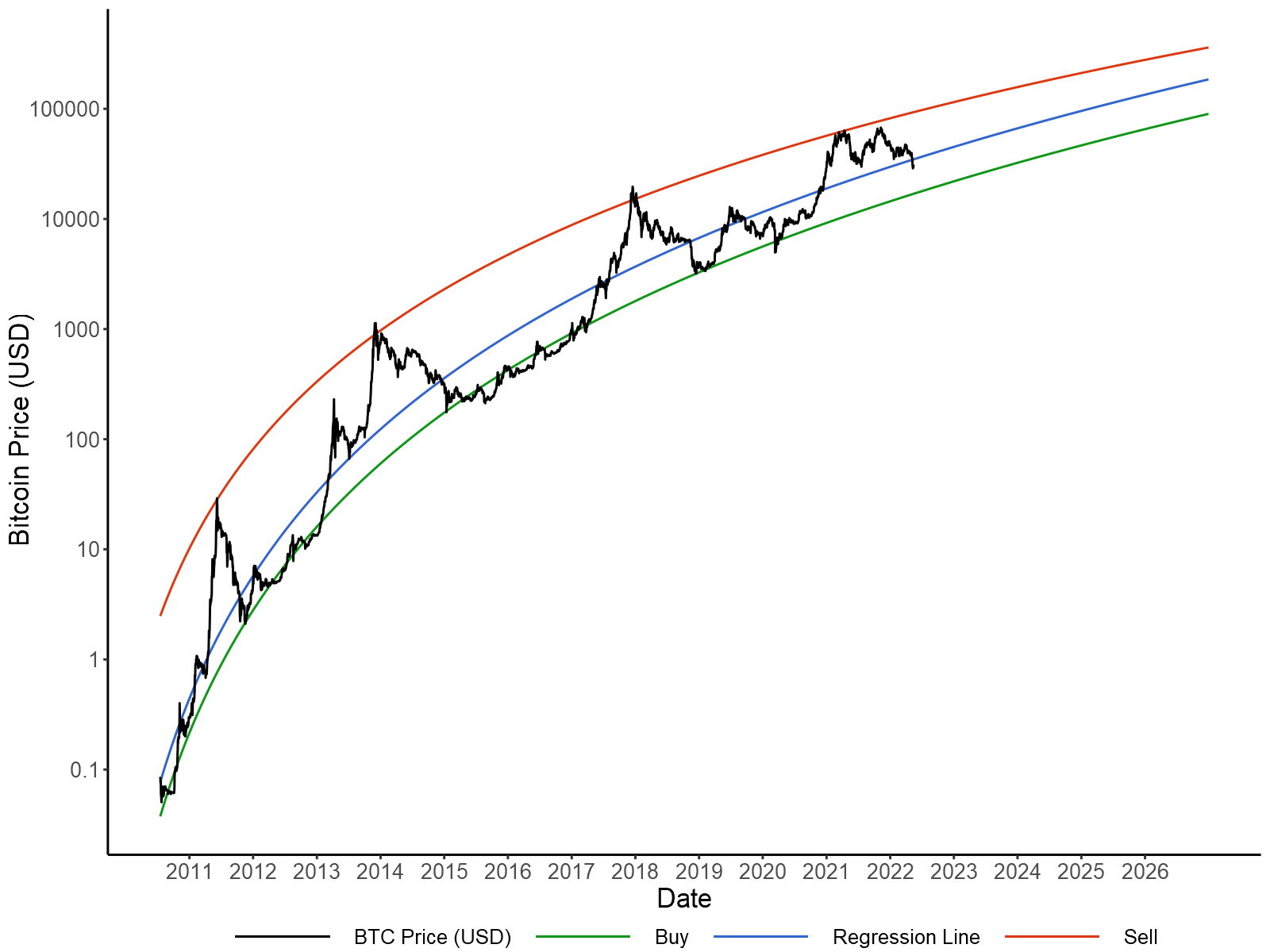Slocan River
It's humid. It's been raining all day and I can feel it on my skin. My hair is longer than it should be which makes the humidity worse. But a breeze comes and goes, it helps, but makes my cigarillos burn too hot and bitter. A pity since they're otherwise a very sweet tobacco. It's probably just as much my fault, I always puff on these things way too hard. It's for the best I only smoke a few times a year. These ones come individually wrapped and with plastic tips. I hate plastic, so spend a minute removing each one, wiggling each tip back and forth so as to not tear the tobacco as I start my third.
On the way here I stepped on a snail, several actually, all clustered by my front door. I didn't mean to and didn't see them, but the crunch made it obvious. Some were only half crushed. I don't know if snails can feel pain, but I don't like it when animals needlessly suffer, so I stomped on them several times until I was sure they were completely dead. It upset me as I like snails, but at least there's no shortage of them.
The breeze is gone, replaced by the sun as the last of today's storm retreats downstream. It would be nice to sit here the rest of the day, smoking and watching the river go by. But it's the last day of my vacation and I want to finish editing an audiobook before the day is over.
